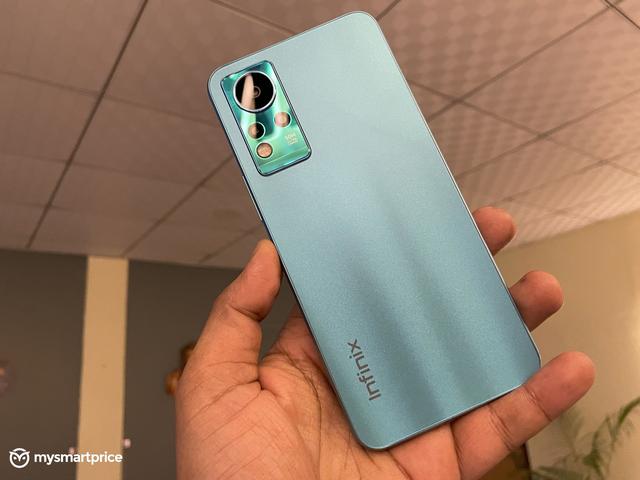Infinix has been charting a sort of comeback into the Indian smartphone market. The brand never had the first mover’s advantage with using the latest chipsets or cutting-edge designs, but it’s being extremely aggressive in pricing their smartphones (and more recently, a laptop), offering features that makes you sit up and take notice. The new Infinix Note 11 lineup does just that, adding even a brand new chipset to the mix. Frankly, I haven’t been more excited for an Infinix smartphone before this.
The Infinix Note 11 isn’t an original offering. By that I mean, the design elements are borrowed from here and there, the camera sensors aren’t new and the chipset is basically an iteration of its predecessor with boosted clock speeds, but if you look at the package as a whole, for the price of Rs 11,999, you’ll soon realise there’s nothing like it. That’s where the uniqueness about the Note 11 lies.

Primed for Gaming
Among other features, the notable ones in the Note 11 include a Full-HD+ 120Hz AMOLED display (albeit with an aging waterdrop notch) and the MediaTek Helio G88, both of which are primed to offer a swift, smooth experience. The combination is also rare now in the budget segment, with only the Redmi 9 Prime offering the same SoC, sans the AMOLED panel. Infinix is also billing this as a gaming phone, and for good reason. With 180Hz touch sampling, and a fast SoC, combined with a gaming mode, graphene-based cooling system and dual speakers, this has nearly everything to appeal to someone looking for an affordable gaming phone for BGMI. There’s a 5000mAh battery that Infinix claims has the fastest charging speed thanks to a 33W charger in the box.
Compromised Camera
The Note 11, however, is not an all-rounder. While it impresses a lot in performance, the cameras come off as a compromise. Of the three cameras present at the back, only the primary 50MP f/1.6 camera is what you’ll be using the most. The other two are the forgettable macro and portrait cameras. If you want an ultrawide camera in this price range, you can look at the Moto G31. But this one does have something unique in the form of portrait video recording and a super night mode, both of which remain elusive for budget phones. On the front is a 16MP selfie camera with Dual LED flash, again something which is not common in this segment. So, while there are a few obvious misses in imaging, Infinix works its way around it by including a few never-before-seen features. But that still doesn’t take away from the fact that you’ll be using a crippled system in this day and age without that ultrawide camera.
Bloat-riddled Software
Lastly, the software. This has never been the USP of Infinix phones. The XOS UI is based on Android 10, and is riddled with a lot of bloatware and the company has never been good with updates. The Note 11 is likely to be no different, although, after personally using an Infinix phone after long, I do see a positive change. The homescreen animations are faster, it has its own theme engine, a health assistant, and a customisable minus-1 screen. But there’s still one app too many in the app drawer, often duplications and some not even relevant to the Indian audience. Most of these can be uninstalled or disabled, though, so it shouldn’t be that big of a problem. Understand that with component costs shooting upwards every month, bloatware is really a minor inconvenience to get good specs at old prices.
All things considered, the Infinix Note 11 comes across as a solid attempt from the Chinese OEM to challenge its other Chinese rivals in the budget segment. The company has been climbing the ranks rapidly this year, and the Note 11 is a great way to close the year. More in-depth analysis and comparison, in the review later.
Thanks for reading till the end of this article. For more such informative and exclusive tech content, like our Facebook page
